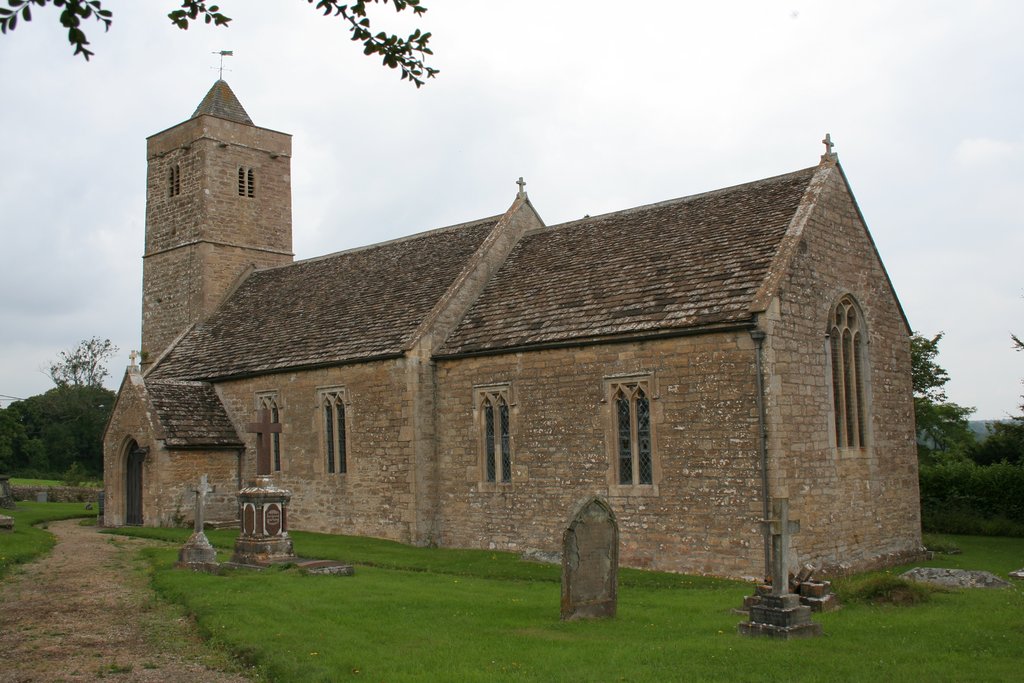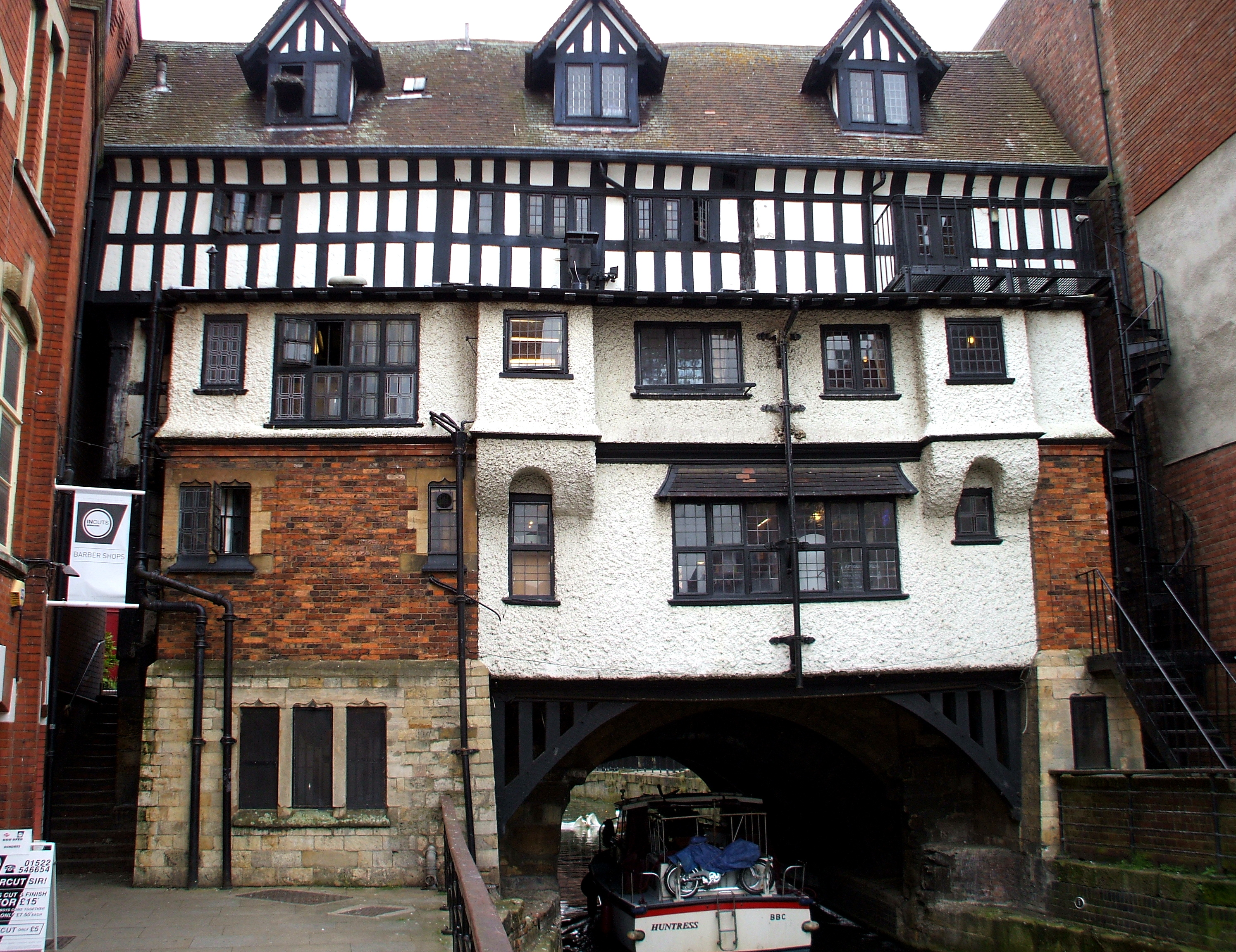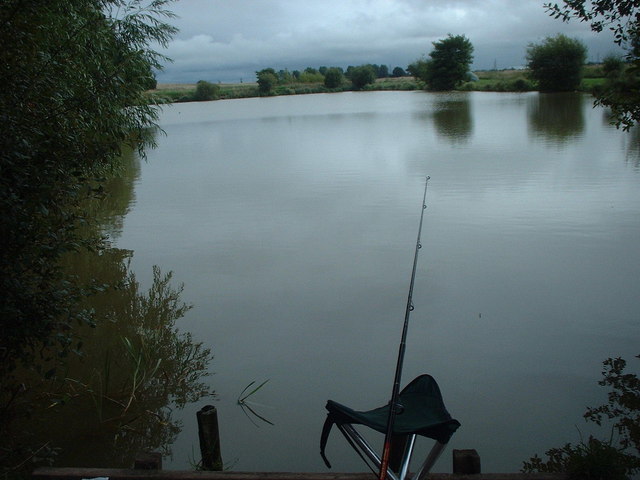|
River Frome, Somerset
The River Frome is a river in Somerset, England. It rises near Bungalow Farm on Cannwood Lane, south-west of Witham Friary, flows north through Blatchbridge to the town of Frome, and continues in a generally northerly direction passing between the eastern edge of the Mendip Hills and Trowbridge before joining the Bristol Avon at Freshford, below Bradford on Avon. The river is approximately in length, comprising from its source to the confluence with Maiden Bradley Brook, through Frome to the confluence with the Mells River, and to the Avon. Below Frome the river passes close to Beckington, Rode, Tellisford, Farleigh Hungerford and Iford Manor. The name Frome comes from the Old British word ''ffraw'' meaning fair, fine or brisk and describing the flow of the river. The name was first recorded in 701 when Pope Sergius gave permission to Bishop Aldhelm to found a monastery "close to the river which is called From" (Latin: "juxta fluvium qui vocatur From"). Weirs and bri ... [...More Info...] [...Related Items...] OR: [Wikipedia] [Google] [Baidu] |
River Frome (other)
Frome is a town in Somerset, England. Frome may also refer to: Relating to the Somerset town * Frome railway station * Frome Community College *Frome Festival *Frome Town F.C. * Frome (UK Parliament constituency) (1832–1950) * Somerton and Frome (UK Parliament constituency) Places Australia * Electoral district of Frome, a state electoral district in South Australia England * Bishop's Frome, village and civil parish in eastern Herefordshire * Canon Frome, hamlet and civil parish in Herefordshire * Frome St Quintin, village in west Dorset * Frome Vale, city council ward in Bristol * Frome Vauchurch, village in west Dorset Jamaica * Frome, Jamaica, a small town Rivers ;Australia *Frome River, in the Lake Eyre basin in South Australia ;United Kingdom * River Frome, Bristol ** Frome Valley Walkway * River Frome, Dorset ** Frome Valley Trail * River Frome, Herefordshire * River Frome, Somerset * River Frome, Stroud People *Andrea Frome, American computer scientist *Edward Char ... [...More Info...] [...Related Items...] OR: [Wikipedia] [Google] [Baidu] |
Farleigh Hungerford
Farleigh Hungerford () is a village within the civil parish of Norton St Philip in the Mendip District, Mendip district, in Somerset, England, 9 miles southeast of Bath, Somerset, Bath, 3½ miles west of Trowbridge on A366 road, A366, between Trowbridge and Radstock in the valley of the River Frome, Somerset, River Frome. Within this small village are the notable ruins of Farleigh Hungerford Castle, which played a significant part in the English Civil War. Evidence has also been found of occupation during Ancient Rome, Roman times; the foundations of a villa were excavated in a field just north west of the castle in 1822. From 1985 to 2010 the village was the venue for the annual Trowbridge Village Pump Festival. History The manor was called Farleigh Montfort from just after the conquest when it was owned by a Norman family, the Montforts, until the fourteenth century. Then Reginald de Montfort sold the estate to one of Edward III of England, Edward III’s soldiers whose family ... [...More Info...] [...Related Items...] OR: [Wikipedia] [Google] [Baidu] |
Grist
Grist is grain that has been separated from its chaff in preparation for grinding. It can also mean grain that has been ground at a gristmill. Its etymology derives from the verb ''grind.'' Grist can be ground into meal or flour, depending on how coarsely it is ground. Maize made into grist is called grits when it is coarse, and corn meal when it is finely ground. Wheat, oats, barley, and buckwheat are also ground and sifted into flour and farina. Grist is also used in brewing and distillation to make a mash. "Grist for the mill" The proverb "all is grist for the mill" means "everything can be made useful, or be a source of profit." There are some minor variations, such as "all's grist that comes to his mill", meaning that the person in question can make something positive out of anything that comes along. A miller ground whatever grain was brought to him, and charged a portion of the final product for the service. Therefore, all grain arriving at the mill represented incom ... [...More Info...] [...Related Items...] OR: [Wikipedia] [Google] [Baidu] |
Dyewoods
A dyewood is any of a number of varieties of wood which provide dyes for textiles and other purposes. Among the more important are: * Brazilwood or Brazil from Brazil, producing a red dye. *Catechu or cutch from Acacia wood, producing a dark brown dye. *Old Fustic from India and Africa, producing a yellow dye. * Logwood from Belize Belize (; bzj, Bileez) is a Caribbean and Central American country on the northeastern coast of Central America. It is bordered by Mexico to the north, the Caribbean Sea to the east, and Guatemala to the west and south. It also shares a wate ..., producing a red or purple dye.Goodwin (1982), p. 58 References Plant dyes Wood Wood products {{Textile-arts-stub ... [...More Info...] [...Related Items...] OR: [Wikipedia] [Google] [Baidu] |
Fulling
Fulling, also known as felting, tucking or walking ( Scots: ''waukin'', hence often spelled waulking in Scottish English), is a step in woollen clothmaking which involves the cleansing of woven or knitted cloth (particularly wool) to eliminate (lanoline) oils, dirt, and other impurities, and to make it shrink by friction and pressure. The work delivers a smooth, tightly finished fabric that is isolating and water repellent. Well known example are duffel cloth, first produced in Flanders in the 14th century and loden, produced in Austria from the 16th century on. The practice to do this by hand or feet died out with the introduction of machines during the industrial revolution. Process Fulling involves two processes: scouring and milling (thickening). Originally, fulling was carried out by the pounding of the woollen cloth with a club, or the fuller's feet or hands. In Scottish Gaelic tradition, this process was accompanied by waulking songs, which women sang to set the ... [...More Info...] [...Related Items...] OR: [Wikipedia] [Google] [Baidu] |
Packhorse Bridge
A packhorse bridge is a bridge intended to carry packhorses (horses loaded with sidebags or panniers) across a river or stream. Typically a packhorse bridge consists of one or more narrow (one horse wide) masonry arches, and has low Parapet#Bridge parapets, parapets so as not to interfere with the panniers borne by the horses. Multi-arched examples sometimes have triangular Starling (structure), cutwaters that are extended upward to form pedestrian refuges. Packhorse bridges were often built on the trade routes (often called packhorse routes) that formed major transport arteries across Europe and Great Britain until the coming of the toll road, turnpike roads and canals in the 18th century. Before the road-building efforts of Napoleon, all Principal passes of the Alps, crossings of the Alps were on packhorse trails. Travellers' carriages were dismantled and transported over the mountain passes by ponies and mule, mule trains. Definition In the British Isles at least, the definitio ... [...More Info...] [...Related Items...] OR: [Wikipedia] [Google] [Baidu] |
Turnpike Trusts
Turnpike trusts were bodies set up by individual acts of Parliament, with powers to collect road tolls for maintaining the principal roads in Britain from the 17th but especially during the 18th and 19th centuries. At the peak, in the 1830s, over 1,000 trusts administered around of turnpike road in England and Wales, taking tolls at almost 8,000 toll-gates and side-bars. During the early 19th century the concept of the turnpike trust was adopted and adapted to manage roads within the British Empire (Ireland, Canada, Australia, New Zealand, India, and South Africa) and in the United States. Turnpikes declined with the coming of the railways and then the Local Government Act 1888 gave responsibility for maintaining main roads to county councils and county borough councils. Etymology The term "turnpike" originates from the similarity of the gate used to control access to the road, to the barriers once used to defend against attack by cavalry (see Cheval de frise). The turnp ... [...More Info...] [...Related Items...] OR: [Wikipedia] [Google] [Baidu] |
High Bridge, Lincoln
High Bridge carries the High Street across the River Witham in Lincoln in eastern England. It is the oldest bridge in the United Kingdom which still has buildings on it. The bridge was built about 1160 AD and a bridge chapel was built dedicated to Thomas Becket in 1235 on the east side of the bridge. The chapel was removed in 1762. The current row of timber framed shops on the west side of the bridge date from about 1550. The two upper storeys of the shops are jettied forward and at the corners there are carved figures of angels. The shops were partly dismantled and re-erected in 1901–02 under the supervision of the Lincoln architect William Watkins. Bridges like this were common in the Middle Ages, the best known being London Bridge, but most have long since been demolished because of their obstruction to the river flow and to shipping. The ''Glory Hole'' is the name given by generations of boaters to the High Bridge in Lincoln. It has a narrow and crooked arch w ... [...More Info...] [...Related Items...] OR: [Wikipedia] [Google] [Baidu] |
Pulteney Bridge
Pulteney Bridge is a bridge over the River Avon in Bath, England. It was completed by 1774, and connected the city with the land of the Pulteney family which it wished to develop. Designed by Robert Adam in a Palladian style, it is highly unusual in that it has shops built across its full span on both sides. It has been designated as a Grade I listed building. Within 20 years of its construction, alterations were made that expanded the shops and changed the façades. By the end of the 18th century, it had been damaged by floods, but was rebuilt to a similar design. Over the next century alterations to the shops included cantilevered extensions on the bridge's north face. In the 20th century, several schemes were carried out to preserve the bridge and partially return it to its original appearance, enhancing its appeal as a tourist attraction. The bridge is now long and wide. Although there have been plans to pedestrianise the bridge, it is still used by buses and taxis. The ... [...More Info...] [...Related Items...] OR: [Wikipedia] [Google] [Baidu] |
Trout
Trout are species of freshwater fish belonging to the genera '' Oncorhynchus'', ''Salmo'' and ''Salvelinus'', all of the subfamily Salmoninae of the family Salmonidae. The word ''trout'' is also used as part of the name of some non-salmonid fish such as ''Cynoscion nebulosus'', the spotted seatrout or speckled trout. Trout are closely related to salmon and char (or charr): species termed salmon and char occur in the same genera as do fish called trout (''Oncorhynchus'' – Pacific salmon and trout, ''Salmo'' – Atlantic salmon and various trout, ''Salvelinus'' – char and trout). Lake trout and most other trout live in freshwater lakes and rivers exclusively, while there are others, such as the steelhead, a form of the coastal rainbow trout, that can spend two or three years at sea before returning to fresh water to spawn (a habit more typical of salmon). Arctic char and brook trout are part of the char genus. Trout are an important food source for humans and wildlife, ... [...More Info...] [...Related Items...] OR: [Wikipedia] [Google] [Baidu] |
Coarse Fishing
In Britain and Ireland, coarse fishing (, ) refers to angling for rough fish, which are fish species traditionally considered undesirable as a food or game fish. Freshwater game fish are all salmonids — most particularly salmon, trout and char — so generally coarse fish are freshwater fish that are not salmonids. There is disagreement over whether grayling should be classified as a game fish or a coarse fish. Fly fishing is the technique usually used for freshwater game fishing, while other angling techniques are usually used for coarse fishing. The sport of coarse fishing and the techniques it uses are particularly popular in the United Kingdom and mainland Europe, and as well as in some former British Commonwealth countries and among British expatriates. The distinction between coarse fish and game fish has no taxonomic basis.Bob McDowallCoarse fish - Cyprinids – goldfish, carp and others Te Ara - the Encyclopedia of New Zealand. Updated 14 November 2012. It originat ... [...More Info...] [...Related Items...] OR: [Wikipedia] [Google] [Baidu] |







